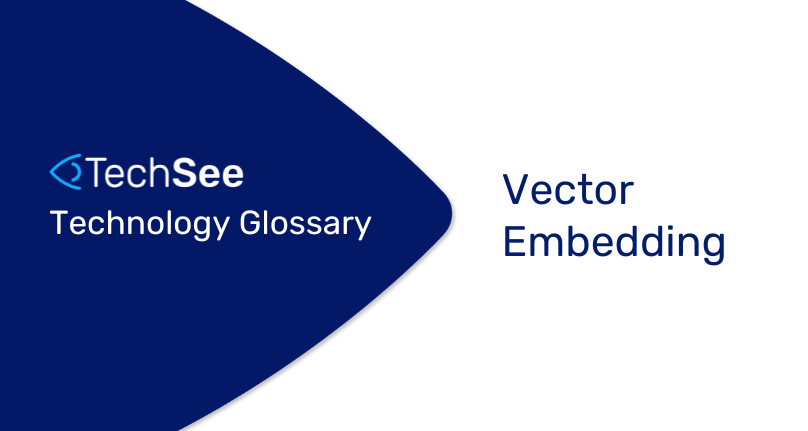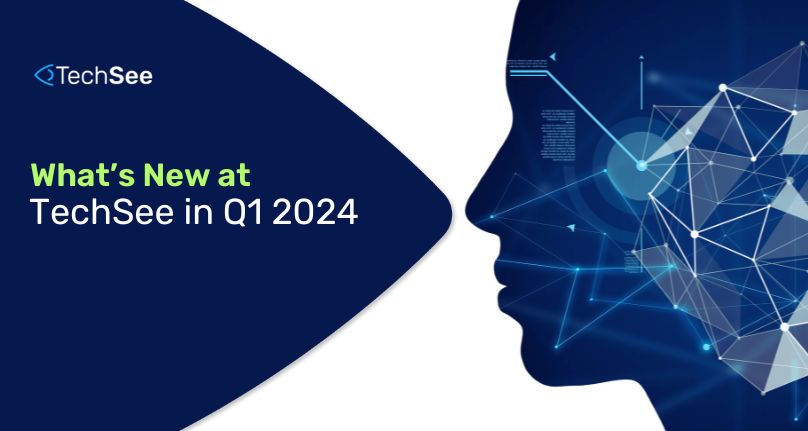What is Vector Embedding?
Vector embeddings, in the context of service technology like that offered by TechSee, refer to a sophisticated AI technique used to represent data, such as documents or images, in a numerical vector form. This representation enables AI systems to understand and process textual or visual information, dramatically improving the efficiency of AI tools like Large Language Models.
What role does Vector Embedding play in LLMs?
Vector embeddings play a significant role in language model management (LLM) by representing textual data in a numerical vector form. In the context of managing language models, here’s how vector embeddings are crucial:
- Semantic Understanding: Vector embedding captures the semantic relationships between words and phrases in a dense numerical space. This enables the model to understand the context and meaning of words, facilitating better language generation and comprehension.
- Similarity and Search: Vector embedding allows for efficient similarity calculations. This is valuable in managing language models because it enables the model to find similar content, detect duplicates, and perform content-based searches, all of which are essential for quality control, content management, and identifying relevant examples during fine-tuning.
- Dimension Reduction: Vector embedding often represents high-dimensional data in a lower-dimensional space. This can help reduce the computational load and memory requirements for managing and deploying language models, making them more efficient.
- Transfer Learning: Many LLM techniques benefit from pre-trained embeddings, including fine-tuning. By leveraging pre-trained embeddings, models can quickly adapt to specific tasks, saving time and resources during training and management.
- Contextual Information: In modern language models like GPT-3.5, contextual embeddings capture the context of surrounding words, allowing the model to generate coherent and contextually relevant text. This is essential for tasks like natural language understanding, generation, and conversation management.
- Anomaly Detection: Vector embeddings can help detect anomalies or unexpected patterns in the data. This is useful for identifying potential biases, unusual language use, or other issues in the language model, enabling better management and quality control.
In essence, vector embeddings are a foundational component of language model management, enhancing the model’s capabilities in understanding language, managing content, adapting to tasks, and ensuring quality. They enable efficient representation, similarity calculations, and contextual understanding, making them essential for effective LLM strategies.
With TechSee’s integrated generative AI solutions, including CoPilot for agents and service automation for end customers, vector embeddings are pivotal in unlocking the potential of Multi Sensory AI to revolutionize the service industry. This technology empowers agents with real-time visual insights and customers with real time guidance, facilitating better communication and problem-solving while also providing automated solutions that enhance the overall service journey.
In summary, vector embeddings, as utilized by TechSee, enable a cutting-edge approach to immersive service technology, making it an essential component for modern service organizations seeking to deliver top-notch customer experiences.





